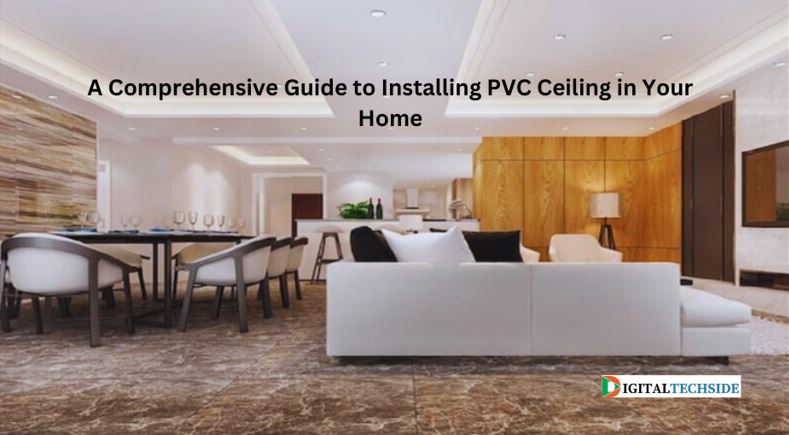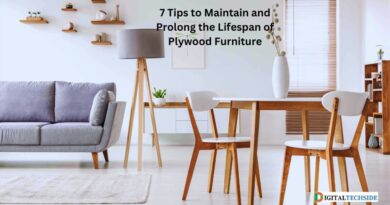A Comprehensive Guide to Installing PVC Ceiling in Your Home
With the vast realm of interior design constantly evolving, it can be a daunting task to keep updated with the latest trends and materials. One such material that has stirred a real buzz in the design circuit is PVC, a versatile and easy-to-install alternative to traditional ceiling options. Whether you’re remodelling an old space or planning a new one, have you ever considered installing a PVC ceiling as a design component?
This post will provide a comprehensive guide to installing PVC ceilings in your home, covering all the necessary aspects, including advantages and disadvantages. By the end, you’ll have the adequate knowledge to make an informed decision about your next home improvement project.
Understanding PVC Ceilings: What are They?
PVC (Polyvinyl Chloride) is a synthetic plastic polymer widely applied in the construction industry. The appeal of PVC ceilings lies in their aesthetic appeal, durability, and flexibility for moulding into various designs. They are as appealing as conventional ceilings, but with added benefits that, when taken fully into account, render it an exceptionally crafty alternative.
Why PVC Ceilings?
PVC ceilings offer twofold benefits: aesthetic enhancement and practical convenience. They are available in an extensive range of styles and finishes that add to the aesthetic appeal of your décor. More so, they are durable and water-resistant, making them an excellent solution for spaces exposed to moisture and dampness.
The PVC Ceiling Installation Process is Broken Down
The PVC ceiling installation process, though relatively straightforward, requires comprehensive planning, accurate measurements, and particular tools. Be prepared to devote time and patience, but you’ll find the results are worth it – a ceiling with a sleek finish and long-lasting appeal.
Benefits and Drawbacks of PVC Ceiling
While the aesthetic appeal and ease of installation of PVC ceilings are definite draws, there are pros and cons to consider before making a choice. Highlighting the advantages and disadvantages will provide a balanced picture to help you navigate this design decision.
Maintenance and Longevity
One of the primary advantages of PVC is its low maintenance nature. Cleaning is a breeze, and it does not require frequent repainting or refurbishing. Regarding its shelf-life, with proper care and a little upkeep, PVC can last for a substantial number of years, proving its cost-effectiveness in the long run.
Cost Implications
Understanding the costs involved is key to determining whether this is the right solution for you. A cost-benefit analysis encompassing the price of materials, labour, maintenance, and potential longevity of the ceiling will equip you with the holistic view needed for this investment.
Conclusion
Incorporating PVC ceilings into your home’s design might seem like a big leap, but armed with the right information and an understanding of the process, it can make for a worthwhile interior design venture.
Whether you take the DIY route or hire professionals, understanding the ins and outs of installation will undoubtedly contribute to a smoother process and a result you can be proud of. Evidently, PVC ceilings offer a modern, cost-effective, and long-lasting solution in the realm of home design that deserves your consideration.
Though each home’s requirements and preferences are unique, PVC ceilings strike a balance between aesthetics, cost, and practicality. They can be a game-changer for your interiors, but remember, the ultimate choice lies in your hands.

As a DIGITALTECHSIDE author, the majority of our articles have been focused on technology, blogging, business, lifestyle, social media, web design and development, e-commerce, money, health, education, entertainment, SEO, travel, and sports.
Contact us at digitaltechside@gmail.com if you have questions of anything.




